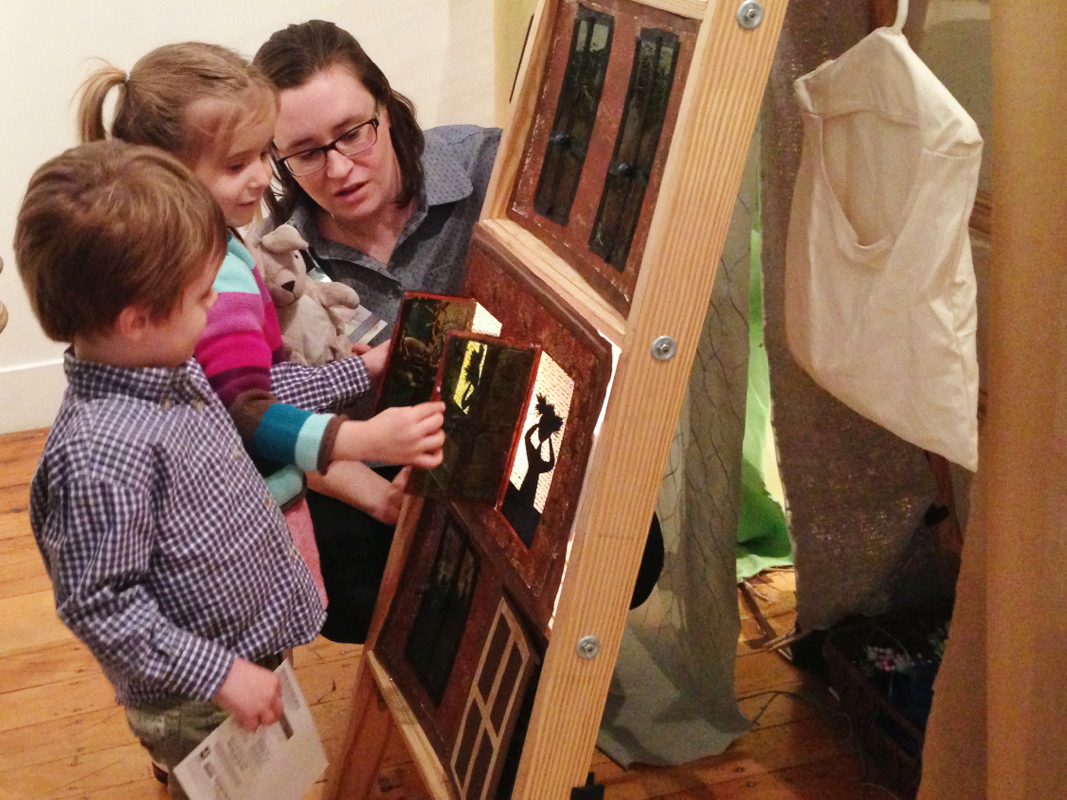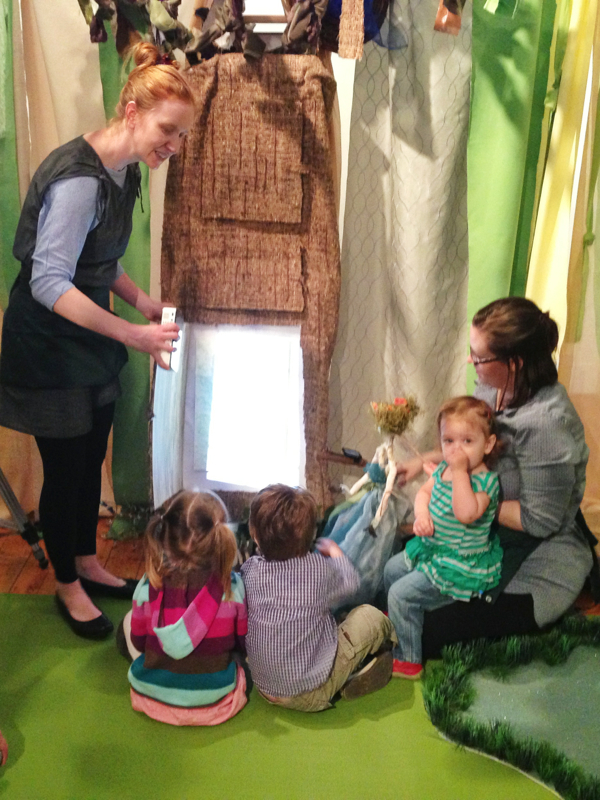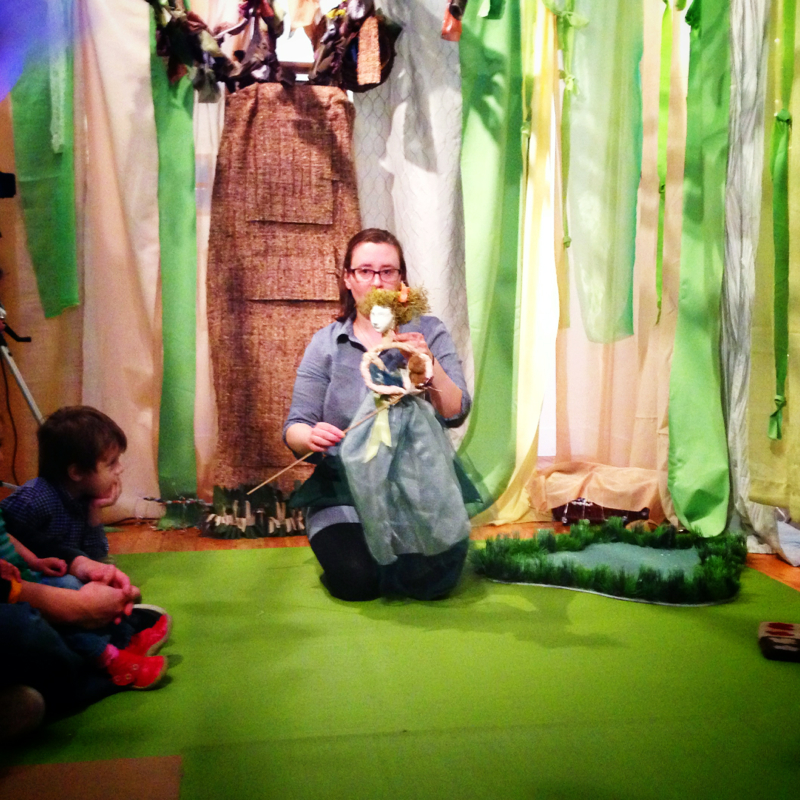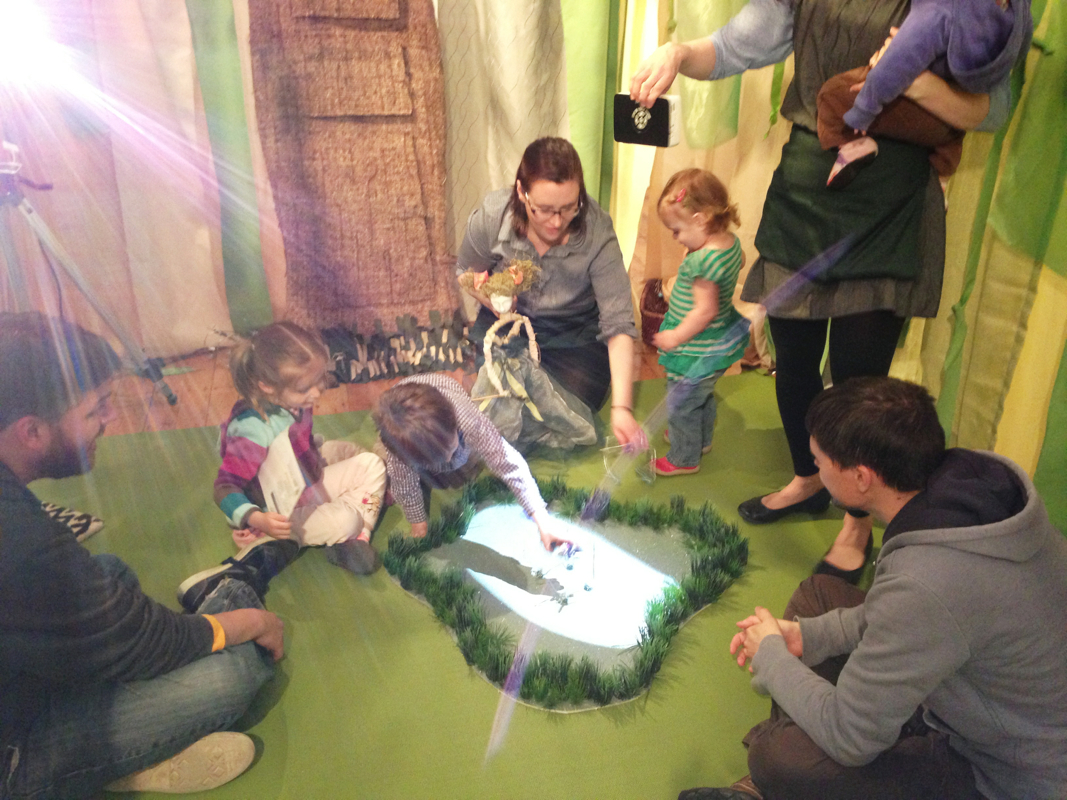|
We began our first workshop performances of Under the Tree in Port Chester this last weekend. In honor of this performance, I wanted to share some of our thoughts about creating interactive theatre with very young (ages 0-5) audiences. We have to consider many, many things, and here are a few that we spent a lot of time thinking about while crafting this uniquely interactive show.
It has been a great development phase for this play and we are learning so much from every audience we have join us "under the tree." I look forward to sharing more about our development in the future and producing this show in Brooklyn in June!
1 Comment
12/10/2013 02:53:26 pm
What is a friend? I will tell you... it is someone with whom you dare to be yourself.
Reply
Leave a Reply. |
Authors
Lauren Jost, Director Archives
December 2017
Categories |
Spellbound Theatre
info@spellboundtheatre.com
info@spellboundtheatre.com





 RSS Feed
RSS Feed